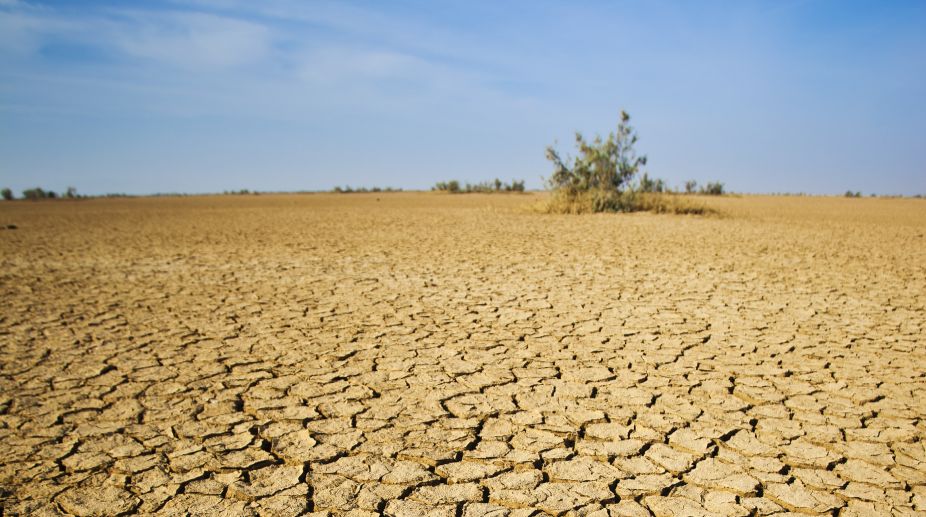A chronic state of incomplete drought recovery may be the new normal for the remainder of the 21st century, due to increasingly common extreme temperatures, according to a study.
The amount of time it takes for an ecosystem to recover from a drought is an important measure of a drought’s severity, said researchers from Carnegie Institution for Science in the US.
Advertisement
During the 20th century, the total area of land affected by drought increased, and longer recovery times became more common, they said.
Scientists predict that more-severe droughts will occur with greater frequency in the 21st century, so understanding how ecosystems return to normal again will be crucial to preparing for the future.
However, the factors that influence drought recovery have been largely unknown until now.
A chronic state of incomplete drought recovery may be the new normal for the remainder of the 21st century and the risk of reaching “tipping points” that result in widespread tree deaths may be greater going forward, researchers said.
The team used measures of photosynthetic activity to assess drought recovery. Quantifying how long it took for plant productivity to return to normal gave the researchers a better understanding of the longevity of a drought’s effects.
“If another drought arrives before trees and other plants have recovered from the last one, the ecosystem can reach a ‘tipping point’ where the plants’ ability to function normally is permanently affected,” said Yuanyuan Fang from Carnegie Institution for Science.
Researchers found that the conditions most-strongly contributing to drought recovery time were precipitation and temperature. Better conditions shortened recovery.
Temperature extremes, both hot and cold, lengthened it.
Recovery took the longest in the tropics, particularly the Amazon and Indonesia, and in the far north, especially Alaska and the far east of Russia, researchers said.
Other factors influencing drought recovery included pre- drought photosynthetic activity, carbon dioxide concentrations, and biodiversity.
The team found that drought impacts increased over the 20th century.
Given anticipated 21st century changes in temperature and projected increases in drought frequency and severity due to climate change, the findings suggest that recovery times will be slower in the future.
The research was published in the journal Nature.











